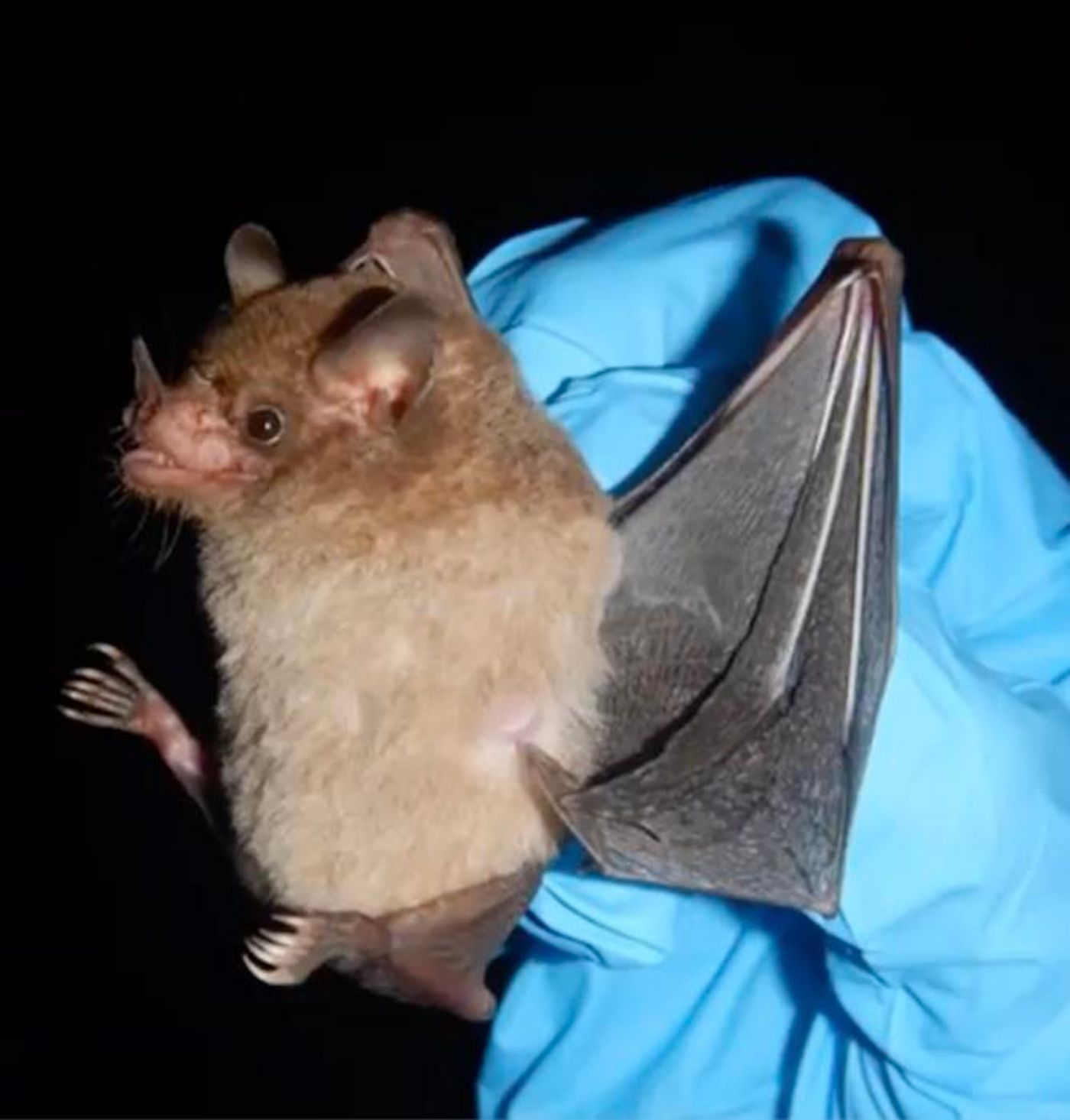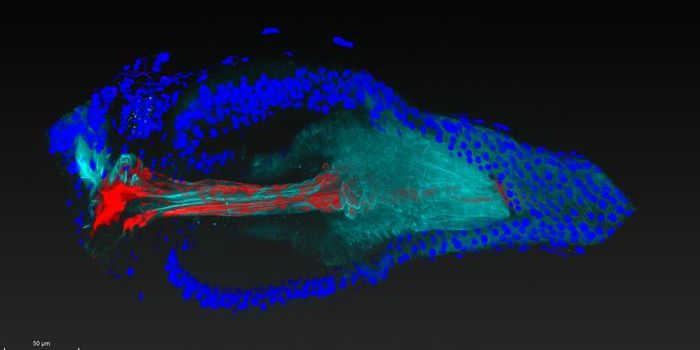Some Bats' Blood Sugar Would be Lethally High to Other Mammals
Humans have to maintain their blood sugar within a certain range, or serious health problems can arise. Insulin is crucial to that maintenance. In diabetes, insulin is not properly released or does not function as it should, and diabetics have to monitor their blood sugar and inject insulin, or consume sugar, as needed. But there are certain types of bats known as neotropical leaf-nosed bats that are host to the highest blood sugar levels that have ever been observed. These findings, which have been reported in Nature Ecology and Evolution, may eventually aid in the development of treatments for metabolic disease.
"Our study reports blood sugar levels that are the highest we have ever seen in nature - what would be lethal, coma-inducing levels for mammals, but not for bats," said co-first study author Jasmin Camacho, PhD, a postdoctoral research associate at the Stowers Institute for Medical Research. "We are seeing a new trait we didn't know was possible."
Neotropical leaf-nosed bats lived on insects alone, about 30 million years ago. But since then, they have evolved into many different animals that consume different foods, including fruit, meat, and even solely blood.
"Looking to animals that have existed for millions of years allows us to start to catalog changes that have happened over evolution," said Camacho. "What makes Neotropical leaf-nosed bats so unique to study is that this group is comprised of many different species with very diverse diets, making it feasible to find answers about how diet evolves. The hope is that we can extend this understanding to other mammals, including humans, where there may be ways to learn how to better protect our own health."
For this study, the researchers conducted fieldwork in different parts of the Americas and Caribbean to catch bats, take samples, and then release the animals. Glucose tolerance tests were performed on the caught bats. The blood sugar levels of about 200 bats, representing 29 species, were assessed after they were fed one of three types of sugars related to bat diets. This revealed different methods of sugar uptake, absorption, and use in the body, noted co-first study author Andrea Bernal-Rivera, formerly of Stowers.
While glucose levels are maintained by insulin in humans, there are different leaf-nosed bat species that display different adaptations to glucose homeostasis,. These can involve changes in the anatomy of their intestine, and genetic changes that alter proteins related to blood sugar transport and uptake.
"Fruit bats have honed their insulin signaling pathway to lower blood sugar," said Camacho. "On the other extreme, nectar bats can tolerate high blood glucose levels, similar to what is observed in people with unregulated diabetes. They have evolved a different mechanism, and it does not seem to depend on insulin."
While scientists are still learning about how glucose levels are maintained in nectar bats, this study has revealed clues. Bats that eat lots of sugar also have intestinal sections that are unusually long, with a greater surface area to take up nutrients. Nectar fruit bats also express genes related to sugar transport more continuously that usual, which is also seen in some hummingbird species.
Sources: Stowers Institute for Medical Research, Nature Ecology & Evolution









